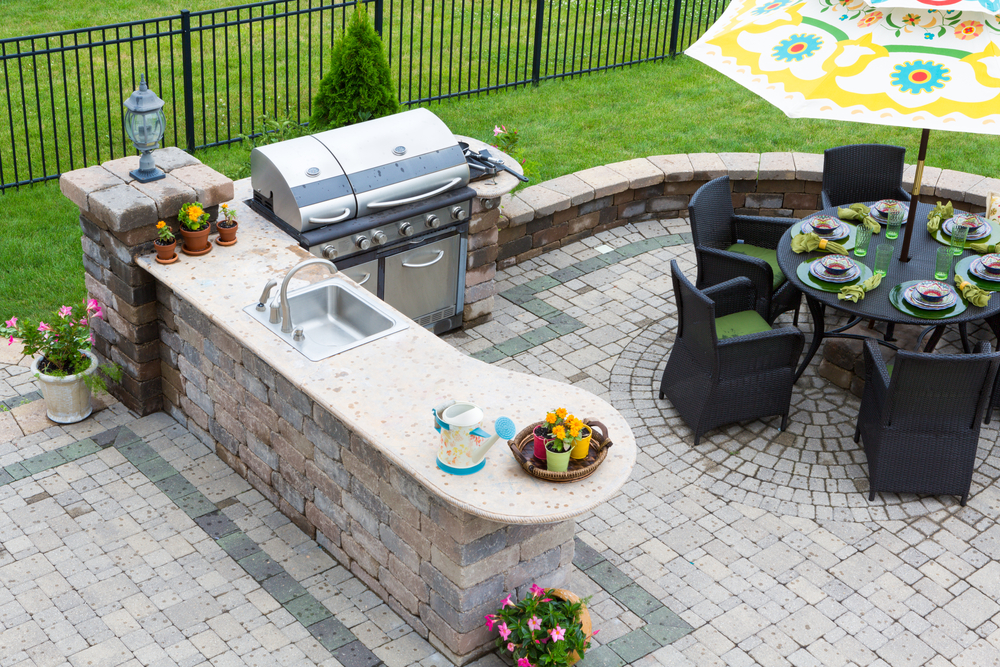Juggling your kids’ school and everyday life can feel like a never-ending marathon. But, a few organization hacks can make your life a whole lot smoother. Here’s how to keep everything in order without going nuts!
Read More8 Tips for Updating Your Cabinetry
If you want to renovate your kitchen without replacing your cabinets, there are many different ways to update your cabinetry. From painting, adding new hardware, and installing glass panes, there are several ways to change and refresh your kitchen’s design without undergoing a large-scale renovation.
You can complete some of these projects in an afternoon. Others might take several weeks or require you to hire help. Either way, whether you’re simply looking for a change or trying to sell your house, it’s worth updating your cabinetry.
Read MoreHiring a Professional Home Organizer: Your Guide to Simplifying and Streamlining Your Space

Is your home feeling cluttered and chaotic? Are you yearning for a more organized and stress-free living space? If so, hiring a professional home organizer might be just the solution you need.
In this blog, we’ll walk you through the process of finding the right organizer, understanding what to expect, and getting started on your journey to a tidier and more efficient home.
Read More6 DIY Projects for a Summer BBQ Patio Upgrade
Hanging out outdoors in the comfort of your own backyard is one of the best ways to enjoy summertime. Whether you’re looking forward to cooking special weeknight dinners on the grill with your family or hosting a barbecue party, you’ll want to make sure your outside space is ready to entertain.
Read MoreBeware the Beauty: House Plants That Pose a Hazard to Your Pet
Do you love the idea of bringing the outdoors into your home? You’re not alone! House plants have become a popular way to add a touch of nature to our living spaces.
They look beautiful and can even help keep the air clean. But did you know that not all house plants are safe for our furry friends?
Keep reading as we explore some stunning house plants that might be harmful to your pets and how you can create a safe indoor jungle for both your plants and your animals.
Read More



